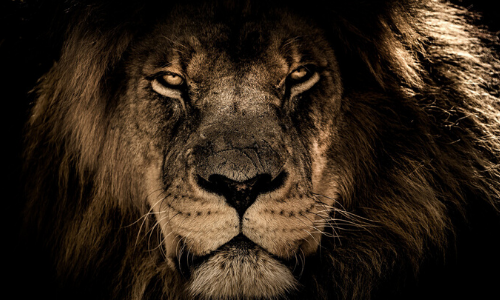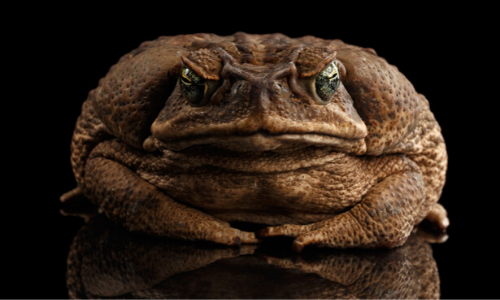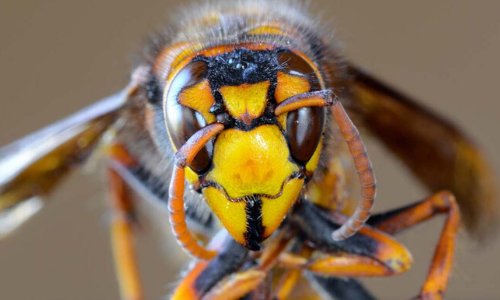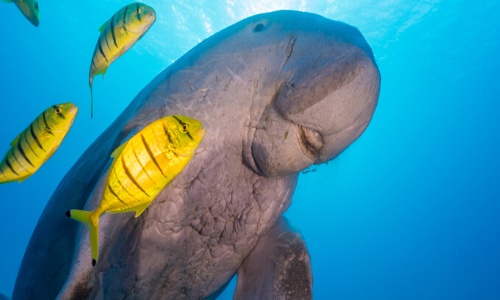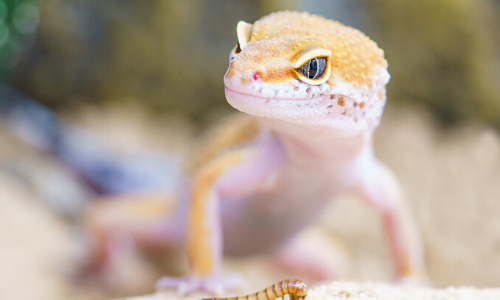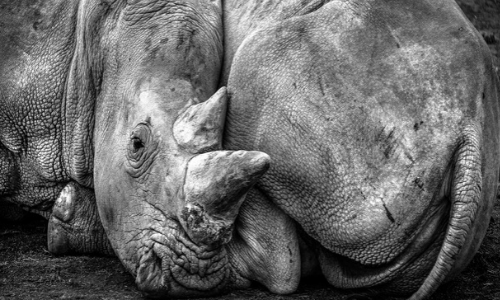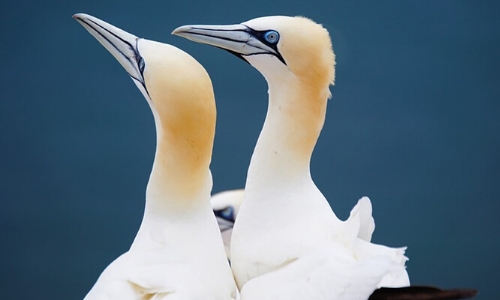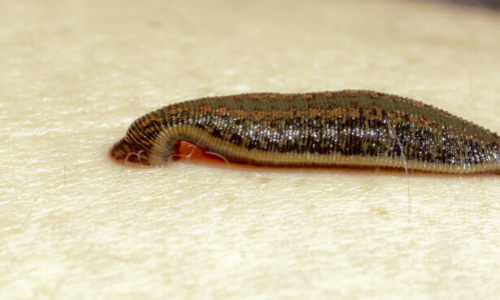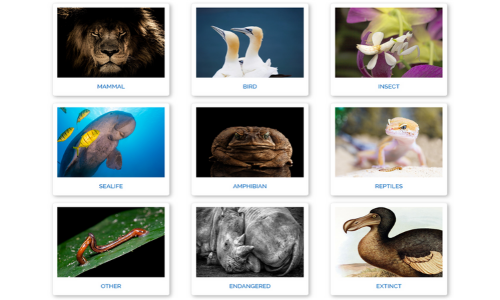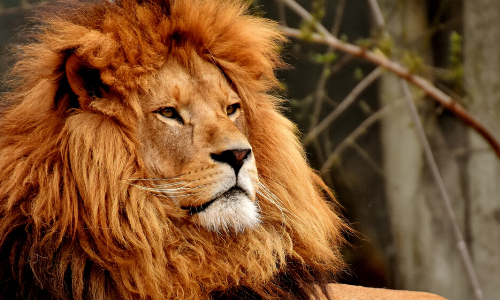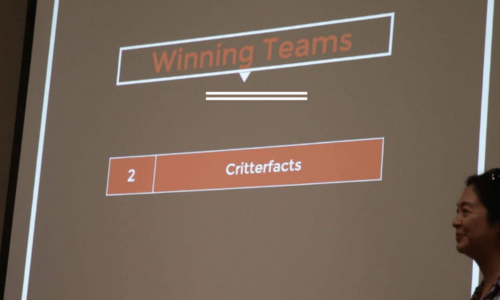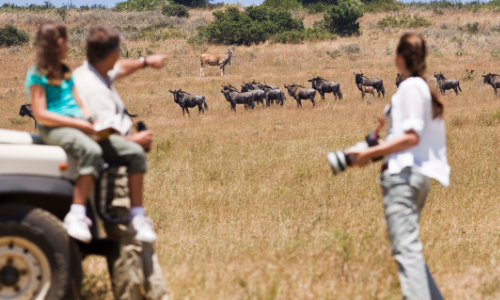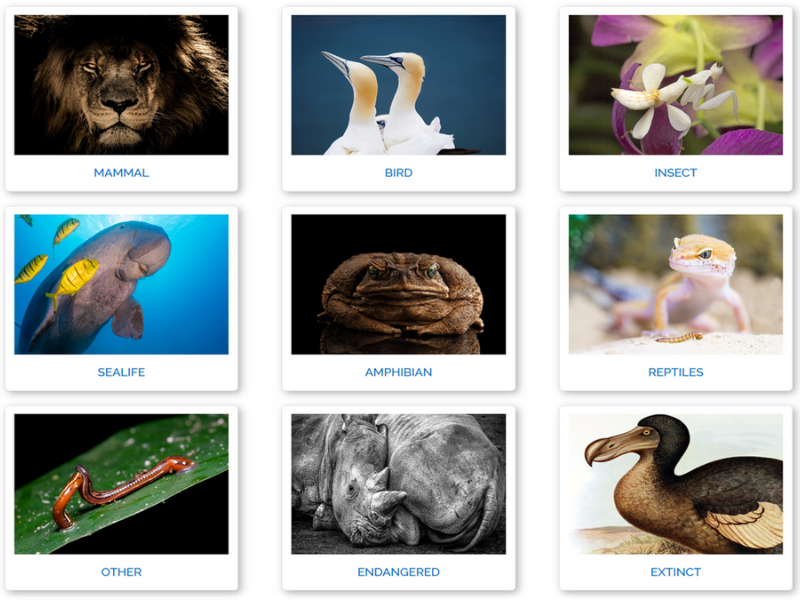
Shovelnose Guitarfish
Their genus name “Rhinobatis” comes from ‘Rhine’, meaning Shark in Greek; and the latin word ‘Basis’ referring to rays.

Bull Shark
Bull sharks are characterized by their unique width-to-length ratio that gives them a stocky appearance that differentiates them from other sharks.

Axolotl
The axolotl was named after a dog-headed Aztec God called Xolotl, who escaped sacrifice by transforming into a salamander.

Frilled Dragon
Frilled dragons are able to expand their frills thanks to possessing two long and rod-like bones called hyoids.

Golden Mantella Frog
Golden mantella frogs can “absorb” toxins from the insects they eat and incorporate it into their own defense systems.

Sand Cat
Sand cats live in burrows, mostly to protect themselves from predators and the extreme temperatures in their environment.

Black Bear Rescue Holds Fat Bear Week For Cubs In Need
Each year in the fall, Katmai National Park and Preserve holds their infamous Fat Bear Week

Canadian Goose
Canadian geese fly in a “V” formation which makes them super recognizable and helps them to be energy efficient in migration.

Mourning Dove
The mourning dove gets its common name from the cooing sounds it makes, as it can seem mournful.

Greater Flamingo
The greater flamingo travels from place to place like a nomad, as wetland habitats can change and they need to find food sources.

